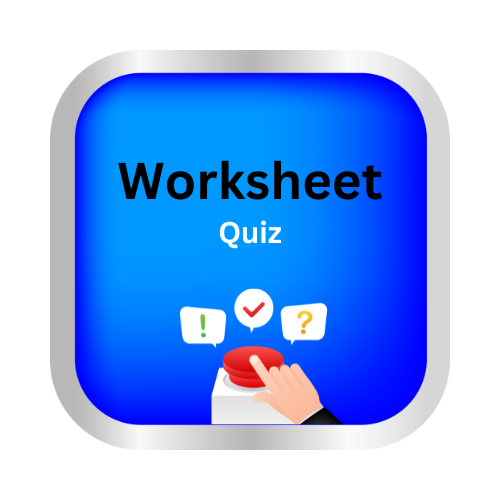Food From
key notes:-
Food Sources and Origins:
- Different types of food come from various sources: plants, animals, and even microorganisms.
- Categorize foods as plant-based (fruits, vegetables, grains) and animal-based (meat, dairy, eggs).
- Explain the role of agriculture and farming in producing plant-based foods.
- Discuss the concept of farming practices and their impact on food quality.

Plant-Based Foods:
Fruits and Vegetables:
- Explain the importance of eating a variety of colorful fruits and vegetables for a balanced diet.
- Discuss vitamins, minerals, and fiber found in fruits and vegetables.
- Highlight local and international varieties of fruits and vegetables.

- Grains:
- Introduce different grains like rice, wheat, oats, and their importance in providing energy.
- Discuss whole grains versus refined grains and their nutritional differences.

Animal-Based Foods:
Meat and Poultry:
- Explain the different types of meat (beef, chicken, pork) and their nutritional profiles.
- Discuss the concepts of lean meat and protein content.

- Dairy Products:
- Highlight the importance of dairy for calcium and vitamin D intake.
- Discuss alternatives for those who are lactose intolerant or prefer plant-based options.

- Food Processing:
- Introduce the concept of food processing and its role in making foods more palatable, safe, and convenient.
- Differentiate between minimally processed, processed, and highly processed foods.
- Discuss the potential health impacts of heavily processed foods.

- Cultural and Regional Foods:
- Explore how different cultures have unique foods and dishes that reflect their history and environment.
- Discuss the role of traditional recipes in preserving cultural heritage.

- Sustainable and Ethical Considerations:
- Discuss the importance of sustainable farming practices for preserving the environment and ensuring long-term food production.
- Introduce the concept of food miles and the environmental impact of transporting foods long distances.
- Global Food Trade:
- Explain how globalization has led to the availability of foods from all around the world.
- Discuss the benefits and challenges of international food trade.

- Food Labels and Nutrition:
- Teach students how to read nutrition labels on packaged foods.
- Explain terms like “calories,” “serving size,” “daily values,” and how to interpret them.

- Healthy Eating Habits:
- Emphasize the importance of a balanced diet and moderation in food consumption.
- Discuss the role of nutrients in supporting growth and overall health.

- Cooking and Food Preparation:
- Introduce basic cooking techniques and safe food handling practices.
- Discuss the benefits of cooking at home and making informed food choices.

Let’s practice!

